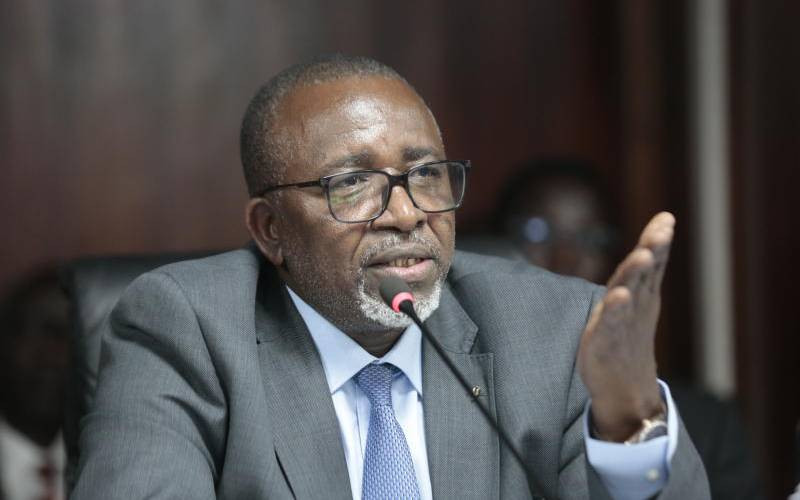How would it feel like to photograph Dubai from up here?” asked Mutua Matheka, a Nairobi based photographer. “You can if you use the Huawei P9 with its dual Leica cameras,” answered Millicent Ngatia tongue in cheek. “But don’t even think of getting to the edge of the building. They can’t let you do that from the balcony,” added Millicent.
This conversation was taking place on the top floor of the tallest hotel in the world, the 355 metre high, 72-floor JW Marriott Marquis in Dubai. Matheka and I were part of a group that had just witnessed release of the newest Huawei phone. Matheka is a young photographer whose cityscape images of Nairobi catapulted him to wide acclaim.
To get some shots of Nairobi either in the morning, evening or night light, Matheka scales and hangs precariously on any of the tallest structures in the city to do his thing. This is what he had in mind with Dubai from the top floor of JW Marriott Marquis, and for a good reason.
From the top floor’s Vault restaurant, Dubai’s skyline spreads out as far as the eye can see. Unfortunately, strict regulations denied him the chance to scale the heights and get on the topmost balcony. In fact, all balconies in most of the tall towers in Dubai are closed with thick glass.
Dubai is a city of superlatives. It is here that you will find the “biggest this” or “tallest that.”
Tallest structure
For a start, Dubai is home to the tallest structure on earth, The Burj Khalifa at 829 metres. The nearby Dubai Mall hosts one of the world’s largest, suspended aquariums with more than 33,000 living animals, representing more than 85 species including over 400 sharks and rays combined. Then there is the Marriott.
A flagship in the globally renowned Marriott International portfolio, the hotel operates 1,608 rooms and offers over 8,000 square metres of indoor and outdoor event space. Its in-house luxury experience consists of 14 restaurants that can serve 2,743 people at any given time.
In the first two years of opening (since February 2013) the outlets have served 1,675,952 people, or the equivalent of 4,410 A380 planes.
The twin-towers designed by Architect Ashok Korgaonkar, founder and principal architect of Archgroup International Consultants, were launched in 2006 with an initial height of 395. However, the height decreased to the current 355 metres in a later redesign.
The concrete structural frames were topped out in April 2010 with the buildings completed in 2012. The hotel’s exterior form was inspired by the date palm - a hardy desert plant and symbol deeply entrenched in the Arabian culture.
The property owner Emirates Group had the vision to build a hotel with scale and facilities on par with those in New York, Hong Kong and Paris, making Dubai a viable and attractive option for high volume international conferences.
This was in tandem with Emirates Airline’s rapidly expanding network of routes.
Having missed a chance to go up the Burj Khalifa (my editor did it few weeks ago), I consoled myself with the fact that I had spent a few nights in the tallest hotel in the world.
At 355 metres, the JW Marriott Marquis Dubai is just 26 metres shorter than the Empire State Building in New York and 35 metres taller than the Eiffel Tower in Paris.
Stay informed. Subscribe to our newsletter
My room, on the 43rd floor, was higher than Kenya’s tallest building, UAP Towers in Upper Hill by ten floors. Talk of sleeping on the clouds.
 The Standard Group Plc is a
multi-media organization with investments in media platforms spanning newspaper
print operations, television, radio broadcasting, digital and online services. The
Standard Group is recognized as a leading multi-media house in Kenya with a key
influence in matters of national and international interest.
The Standard Group Plc is a
multi-media organization with investments in media platforms spanning newspaper
print operations, television, radio broadcasting, digital and online services. The
Standard Group is recognized as a leading multi-media house in Kenya with a key
influence in matters of national and international interest.
 The Standard Group Plc is a
multi-media organization with investments in media platforms spanning newspaper
print operations, television, radio broadcasting, digital and online services. The
Standard Group is recognized as a leading multi-media house in Kenya with a key
influence in matters of national and international interest.
The Standard Group Plc is a
multi-media organization with investments in media platforms spanning newspaper
print operations, television, radio broadcasting, digital and online services. The
Standard Group is recognized as a leading multi-media house in Kenya with a key
influence in matters of national and international interest.





